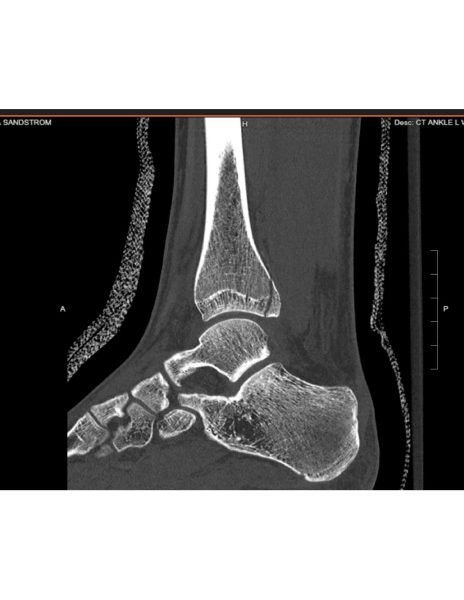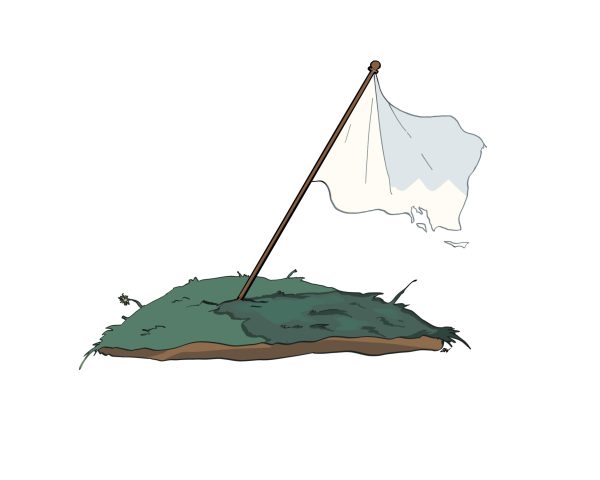Sexual Abuse in Gymnastics
“Tighten up,” my coach says, poking my butt. I squeeze my muscles harder and concentrate. This is a usual day at practice. After years of training, being touched by coaches is something I am used to.
Larry Nassar and the sexual abuse case rocked the world, but it impacted me on a personal level. I know what it is like to be touched by a coach, to have eyes on your body constantly. To think that someone would take advantage of the bond and trust between coach or doctor and gymnast was astounding to me.
Even more astounding was that I was not alone in my shock, my small group of teammates and friends felt the same way. The day of the arrest, hushed whispers rang through the gym. On the day of the sentencing, we painted our arms with words of encouragement. We promised we would reclaim the sport from monsters like Nassar.
Five years later I can see the change in gymnastics, but I struggle to see the positive effects.
In March 2017, the United States Olympic and Paralympic Movement created the U.S. center for SafeSport. SafeSport is a non-profit organization focused on protecting athletes from sexual and physical abuse. Although SafeSport regulates all sports, it affects almost every aspect of gymnastics.
Due to these new rules, coaches aren’t allowed to be with gymnasts one-on-one. Our annual gym sleepover isn’t allowed, and spotting and coaching styles are different. Still, gymnastics is riddled with abuse.
This year, I started coaching in addition to training at my gym. Throughout this new experience, I have been trained in spotting, leading classes, and most importantly, SafeSport rules. Adult participants, including coaches, administrators and doctors, are not allowed to have one-on-one contact with a gymnast, have uninterruptible practices or transport a gymnast without written consent.
Although I am under 18, I am also a coach. Because I am a gymnast, a minor and a coach, I am in a precarious position— somewhere between an adult participant who needs to protect gymnasts and a gymnast who needs to be protected. As a coach, I am not allowed to contact gymnasts one-on-one or drive them without expressed consent from a parent. However, as a gymnast, I want to message my teammates and drive them to practice. SafeSport rules do not fit my position.
Even more difficult, SafeSport cannot ensure that every gym follows the rules they have created. The only way that SafeSport can intervene is if they have evidence and a report of abuse. Even when a report is filed, SafeSport must look into the claim before they suspend or terminate a coach or doctor. This process takes time and may put the whistleblower in danger.
If SafeSport can’t create rules and regulations that fit with gymnastics, how are coaches expected to adhere to them and still be able to protect young gymnasts?
With most sports, sexual harassment and abuse is easy to identify. With gymnastics, the line is a little more blurred. In order to safely perform the movements for gymnastics, physical contact is necessary and important. Gymnasts are also required to wear very small leotards in order to be able to stretch and move in the way they need to. Coaches must touch uncovered, vulnerable parts of the body.
Adding to the vulnerability of the sport, gymnasts are obligated to give full trust to their coaches and doctors. To be spotted on potentially life threatening movements, the bond between coach and gymnast must be incredibly strong. Gymnasts rely on their coaches for almost everything; Coaching involves not only teaching gymnastics but also spotting, helping manage injuries and motivating their gymnasts. This trust between gymnast and coach can so easily be manipulated by professionals whose job it is to protect children.
Comprehensive education about sexual abuse and unethical behavior in sports for all coaches and professionals is a step in the right direction. SafeSport’s intentions are to keep children safe. However, when it comes to a sport such as gymnastics, where coaching is much more hands on and personal, SafeSport regulations become muddled. Instead of protecting athletes, SafeSport imposes a confusing and unrealistic set of rules.
Although the rules seem unattainable and unfitting for gymnastics at the moment, things are changing. Gymnasts, coaches and judges continue to have discussions about how best to fit SafeSport to gymnastics. Professionals who care about the sport and the athletes continue to fight to make sure gymnastics can be a safe environment.
This conversation is upsetting and vulnerable. Looking into the culture of a sport that is filled with misconduct and sexual abuse is extremely uncomfortable. Still, this discussion is necessary. Being uncomfortable is a small price to pay for the safety of the next generation of gymnasts.















